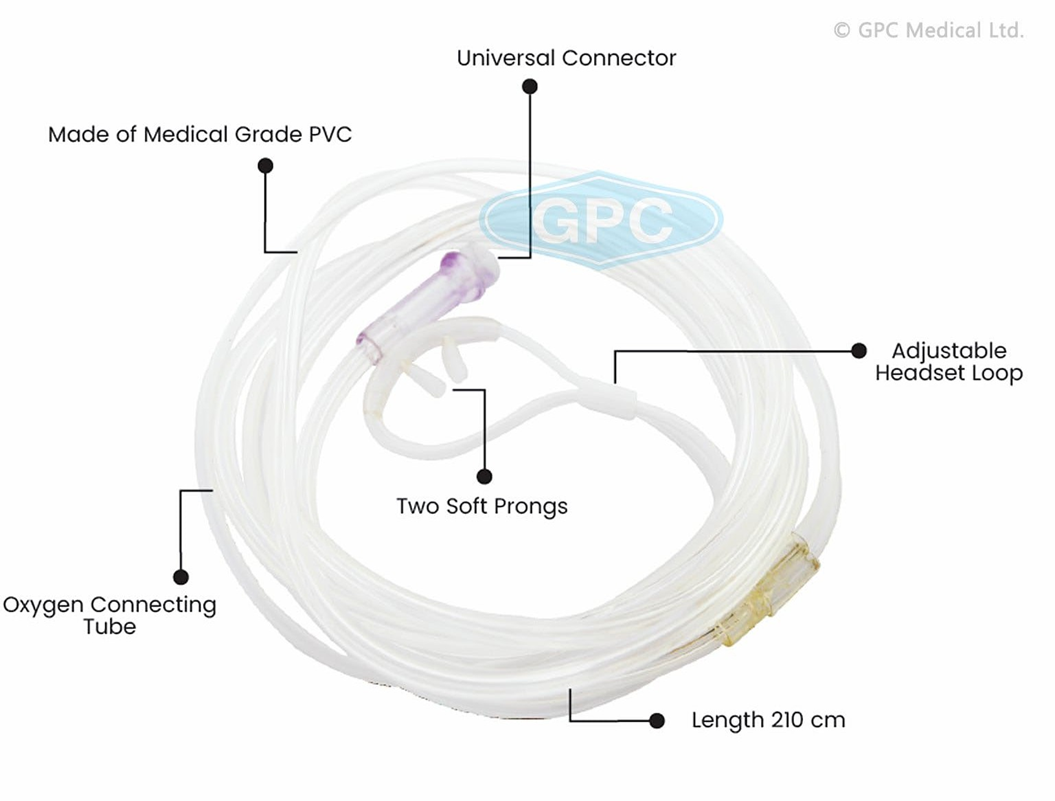The nurse receives a new prescription to administer oxygen at 3 L/minute via nasal cannula to maintain an oxygen saturation between 90 and 100% for a client. The nurse obtains an oxygen saturation reading of 85%, and after repositioning the oximeter on a different finger, obtains a second reading of 87%. Which action should the nurse take next?
Place the client in a Trendelenburg position.
Securely place the prongs of the cannula in the nostrils.
Place the pulse oximeter on the client's earlobe.
Document the second reading in the client's record.
The Correct Answer is B
Choice A reason: The Trendelenburg position is not indicated for increasing oxygen saturation and could be harmful, especially for clients with respiratory distress.
Choice B reason: Ensuring that the prongs of the nasal cannula are securely placed in the nostrils is important for effective oxygen delivery, especially if the oxygen saturation remains below the prescribed range.
Choice C reason: Placing the pulse oximeter on the client's earlobe is an alternative site for obtaining a saturation reading, but it does not address the issue of potentially inadequate oxygen delivery.
Choice D reason: While documentation is important, the nurse must first address the low oxygen saturation levels before documenting the readings.

Nursing Test Bank
Naxlex Comprehensive Predictor Exams
Related Questions
Correct Answer is C
Explanation
Choice A reason: Completing an admission assessment is typically the responsibility of a registered nurse (RN) due to the comprehensive nature of the assessment.
Choice B reason: Accessing a central venous line is usually within the scope of practice of an RN, not a PN, due to the complexity and potential complications associated with central lines.
Choice C reason: Reinforcing discharge teaching is an appropriate task for a PN, as it involves reviewing and ensuring the client understands the instructions already provided by the RN or healthcare provider.
Choice D reason: Initiating blood product infusions is generally the responsibility of an RN because of the critical nature of the task and the potential for adverse reactions.
Correct Answer is {"A":{"answers":"B"},"B":{"answers":"A"},"C":{"answers":"A"},"D":{"answers":"A"},"E":{"answers":"A"}}
Explanation
Choice A reason: False: Hand washing should be performed not only when exiting the client's room but also before entering the room and after any direct contact with the client or potentially contaminated surfaces within the room.
Choice B reason: True : The client has been diagnosed with Respiratory Syncytial Virus (RSV), which is a highly contagious virus. It can spread through droplets in the air when an infected person coughs or sneezes, or by touching a surface that has the virus on it. Therefore, contact and droplet precautions are necessary.
Choice C reason: True: Gowns and gloves should be worn whenever there is a potential for contact with secretions, especially when dealing with a patient who has a contagious condition like RSV. This is part of standard precautions to prevent the spread of infection.
Choice D reason: True: A mask should always be worn when in the client's room because RSV can be spread through droplets in the air. This is part of droplet precautions.
Choice E reason: True: This client would require a private room if admitted because RSV is highly contagious. Isolation in a private room is one of the strategies used to prevent the spread of the virus.
Whether you are a student looking to ace your exams or a practicing nurse seeking to enhance your expertise , our nursing education contents will empower you with the confidence and competence to make a difference in the lives of patients and become a respected leader in the healthcare field.
Visit Naxlex, invest in your future and unlock endless possibilities with our unparalleled nursing education contents today
Report Wrong Answer on the Current Question
Do you disagree with the answer? If yes, what is your expected answer? Explain.
Kindly be descriptive with the issue you are facing.
